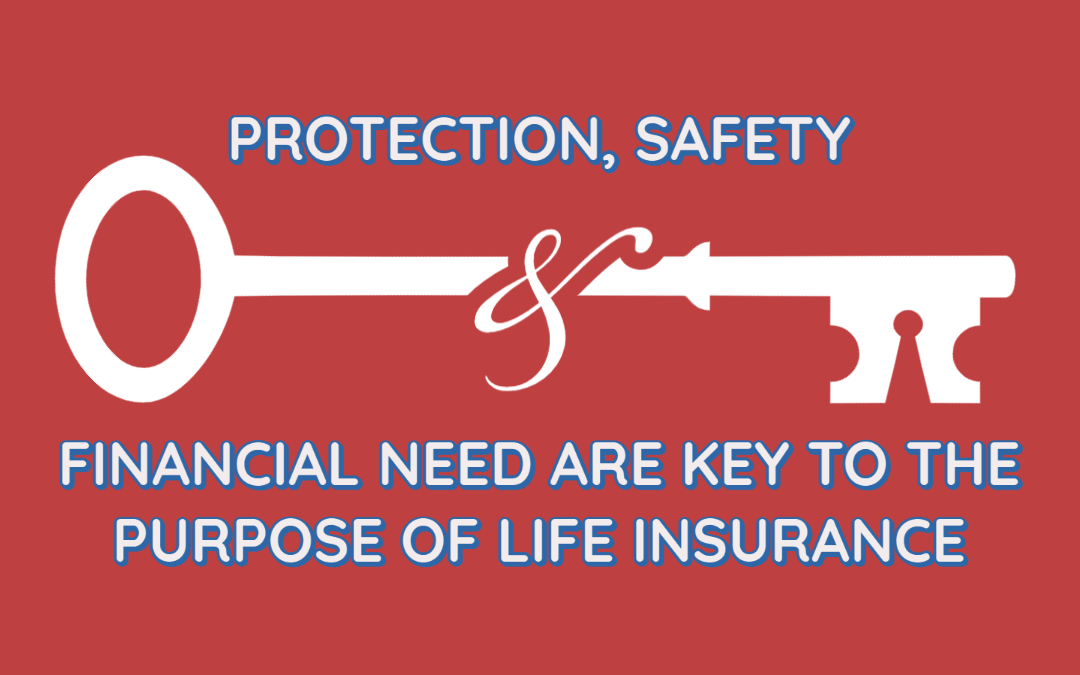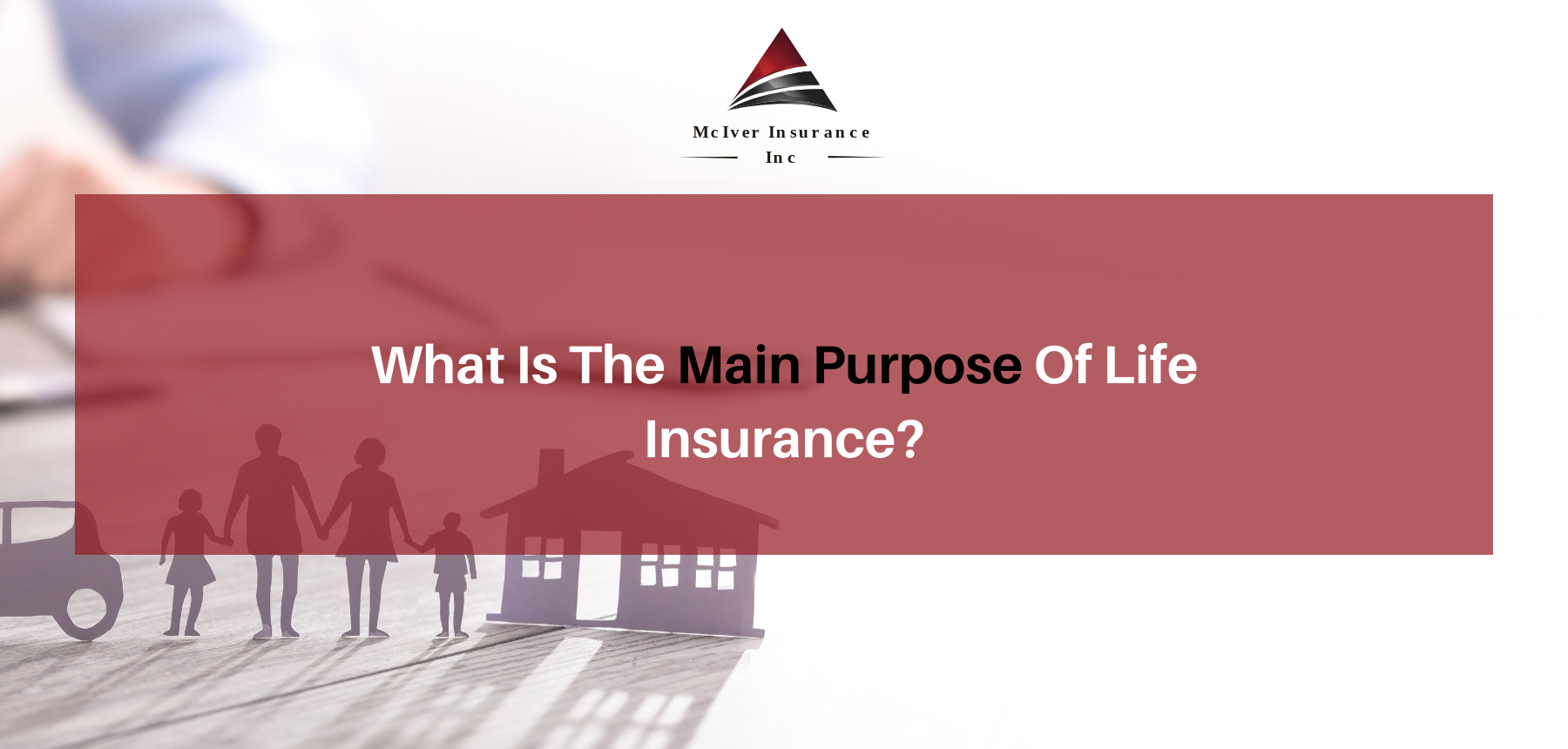Getting The Pacific Prime To Work
Pacific Prime Fundamentals Explained
Table of ContentsSee This Report about Pacific PrimeSee This Report on Pacific PrimeNot known Factual Statements About Pacific Prime The 8-Minute Rule for Pacific Prime
In a lot of states, the insurer is required to send you a copy of the changes to your plan. It is important that you read Recommendations or Riders so you understand how your plan has actually transformed and if the policy is still appropriate to satisfy your needs. To obtain a copy of your insurance plan, please call your insurance policy representative or firm.
The Institute of Medicine (IOM) Committee on the Repercussions of Uninsurance launches an extended examination of evidence that addresses the relevance of medical insurance coverage with the magazine of this report. Coverage Issues is the first in a collection of 6 reports that will certainly be provided over the next 2 years recording the fact and effects of having actually an estimated 40 million individuals in the United States without health insurance policy coverage.

6 Easy Facts About Pacific Prime Explained
The goal of this collection of researches is to refocus policy interest on a historical problem. Complying with the lengthiest financial expansion in American history, in 1999, an approximated one out of every six Americans32 million grownups under the age of 65 and even more than 10 million childrenremains uninsured (Mills, 2000).

Ten percent of the population represent 70 percent of wellness treatment expenditures, a relationship that has remained continuous over the past 3 years (Berk and Monheit, 2001) - international health insurance. Therefore medical insurance remains to offer the feature of spreading risk even as it progressively finances routine care. From the perspective of healthcare carriers, insurance policy carried by their clients aids protect an income stream, and neighborhoods benefit from financially practical and secure health care experts and organizations
Government supplies health insurance policy to populations whom the exclusive market might not offer successfully, such as disabled and seniors, and populations whose access to health and wellness care is socially valued, such as kids and pregnant women. The ultimate ends of wellness insurance policy coverage for the specific and areas, including workplace areas of workers and employers, are improved wellness results and lifestyle.
Pacific Prime Can Be Fun For Everyone
Employees rate medical insurance initially by much in relevance among all the benefits supplied in the workplace (Salisbury, 2001). Although there have actually been sizable financial investments of individual and public funds to offer medical insurance, several people still have no insurance coverage. Despite considerable reporting of survey searchings for and healthcare research results, the public stays overwhelmed and mistaken regarding Americans without health insurance policy and the implications of doing not have insurance coverage.

Without question, the complexity of American healthcare funding devices and the wide range of resources of information add to the public's confusion and apprehension concerning medical insurance statistics and their interpretation. This report and those that will follow objective to distill and provide in easily reasonable terms the substantial study that births on concerns of medical insurance coverage and its significance.
Fifty-seven percent of Americans surveyed in 1999 believed that those without health insurance are "able to get the care they need from doctors and hospitals" (Blendon et al., 1999, p. 207). In 1993, when nationwide focus was concentrated on the issues of the uninsured and on pending health care regulation, simply 43 percent of those surveyed held this belief (Blendon et al., 1999).

They additionally get fewer preventive solutions and are much less most likely to have regular look after persistent conditions such as hypertension and diabetes mellitus. Chronic diseases can bring about costly and disabling problems if they are not well taken care of (Lurie et al., 1984; Lurie et al., 1986; Ayanian et al., 2000). One national study asked more than 3,400 grownups regarding 15 highly significant or dark conditions.
See This Report about Pacific Prime
Added evidence is provided later on in this chapter in the discussion of insurance policy and access to health and wellness treatment. https://stieuys-rhuiets-scriank.yolasite.com/. People without medical insurance are young and healthy and balanced and choose to do without coverage. Nearly half (43 percent) of those checked in 2000 thought that people without medical insurance are more probable to have wellness problems than individuals with insurance policy
Voters and plan manufacturers in focus team conversations characterize those without insurance policy as young people that have the possibility to be covered and feel they do not need it (Doorperson Novelli, 2001). Compared to those with a minimum of some exclusive coverage, the uninsured are much less most you can find out more likely to report being in exceptional or excellent health and wellness (Firm for Healthcare Research Study and Top Quality, 2001).
RESOURCE: Center for Cost and Financing Researches, Firm for Healthcare Research and High quality, based upon MEPS information. Young person in between 19 and 34 are much more most likely to do not have medical insurance than any other age group. This is mainly due to the fact that they are much less often qualified for employment-based insurance as a result of the nature of their work or their brief period in it.
The perception that people without insurance policy have better-than-average wellness adheres to from perplexing the relatively young age profile of the uninsured with the much better health and wellness, usually, of more youthful persons. This obscures the link between health and wellness condition and medical insurance. For those without access to workplace health insurance policy, inadequate health is a possible obstacle to buying nongroup coverage since such protection may be highly valued, leave out pre-existing conditions, or be simply unavailable.